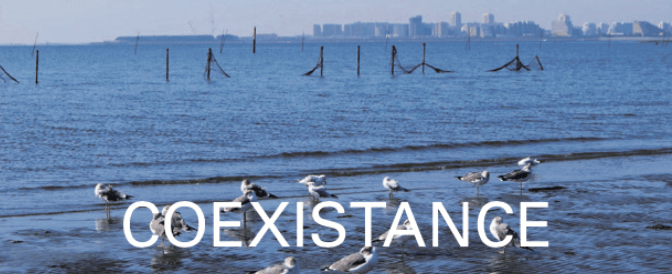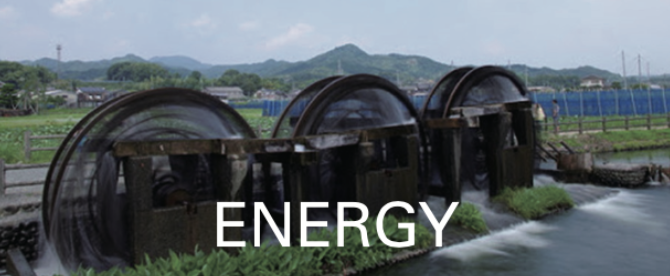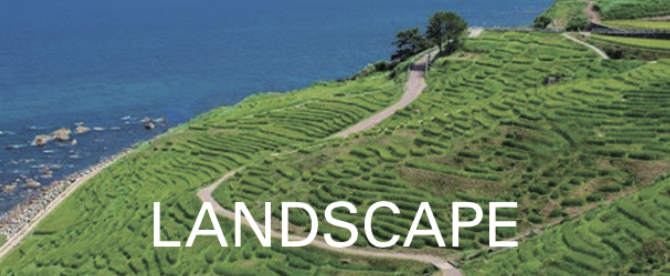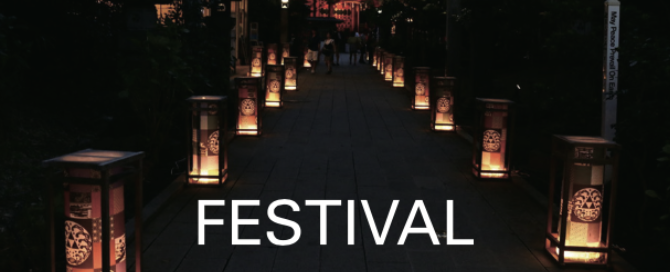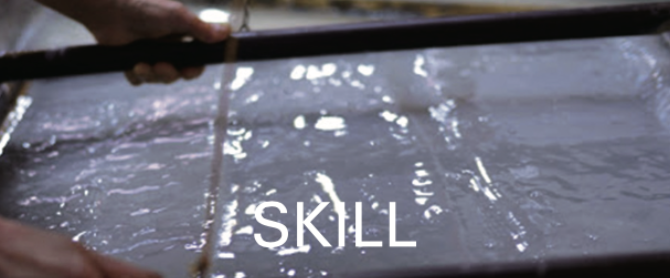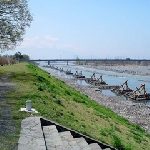
The intersection of the Kamanashi River, upstream from the Fuji River, and the Midai River to join the Kamanashi River has been flooded since ancient times. Takeda Shingen(1521-1573), the load of this province, ordered the building of discontinuous embankments, instead of continuous embankments, to avoid the flooding. A water channel was created in the shape of a figure eight, a method of returning the flooded water back to the river.
On other hand, piling stones at several points upstream controlled the flow. Those methods were combined to avoid flooding. Wisdom is effort and ingenuity that harmonizes with Nature, great respectful things.
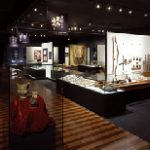
This museum consists of Sugae Masumi (1754-1829) Resource Center, and six sections, including: archeology, history, folklore, handicrafts, biology, and geology. The Resource Center and Memorial uses a range of media to give visitors important knowledge about Akita prefecture. There is also an exhibit for Konan Naito (1866-1934), a prominent Sinologist of the early 20th Century and an authority on Oriental Studies who lectured “A bittern of Tofu, is the same as Chinese culture in Japanese Culture”. The exhibit goes into detail of his work and how it promoted a better understanding of Chinese history and its influences on Japanese culture. This museum is located in Akita Prefecture’s Koizumigata Park, in the Megata and Ogata lagoons, “Places of Scenic Beauty”.
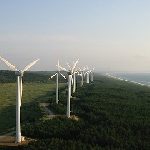
Noshiro faces the Sea of Japan. It originally appeared with the name of Nushiro, in 658 in Nihonshoki, the Chronicles of Japan. It was the place Abe no Hirafu, a Japanese general of the Asuka period (550 -710), visited along his conquest of the eastern area. It was recorded in 771 as the port of the envoys from Bokkai, established after the fall of Goguryeo (37 BC – 668) in the Korean Peninsula and Manchuria of the Northeastern China, by the alliance of Sila (57 BC – 935), during theTang Dynasty (618 – 907). The old name, Nushiro came from the Ainu language, meaning “grassland on the plateau”.
It’s strong winds blow constantly on the coast of Noshiro. The 24 power generators, in a row over 3km, create modern circulating power along the grassland.
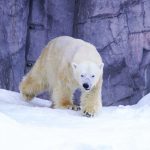
Asahiyama Park spreads out at the foot of Asahiyama. It is at the base of the Kitoushi Mountains and has a beautifully natural view. Asahiyama Zoo, adjacent to the Park, exhibits the activities of the animals and lets all families enjoy it.
Polar bears, arctic foxes, snowy owl, wolves, Hokkaido deer, red pandas and birds at the water side move around in an environment similar to nature. A memorable encounter is produced.
There is also Kawamura Kaneto Aynu Memorial, 7 km to the west of this zoo.
